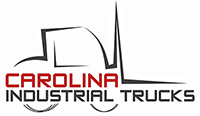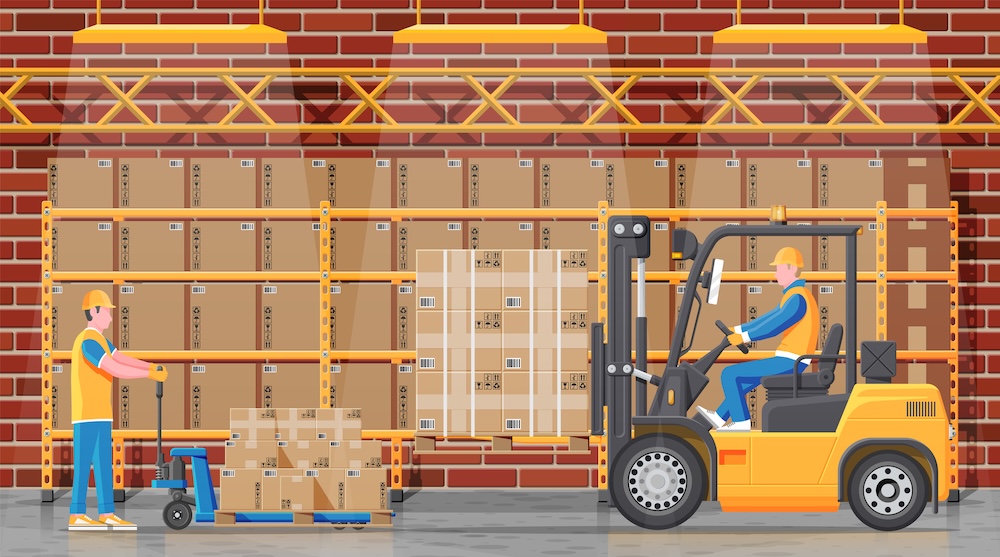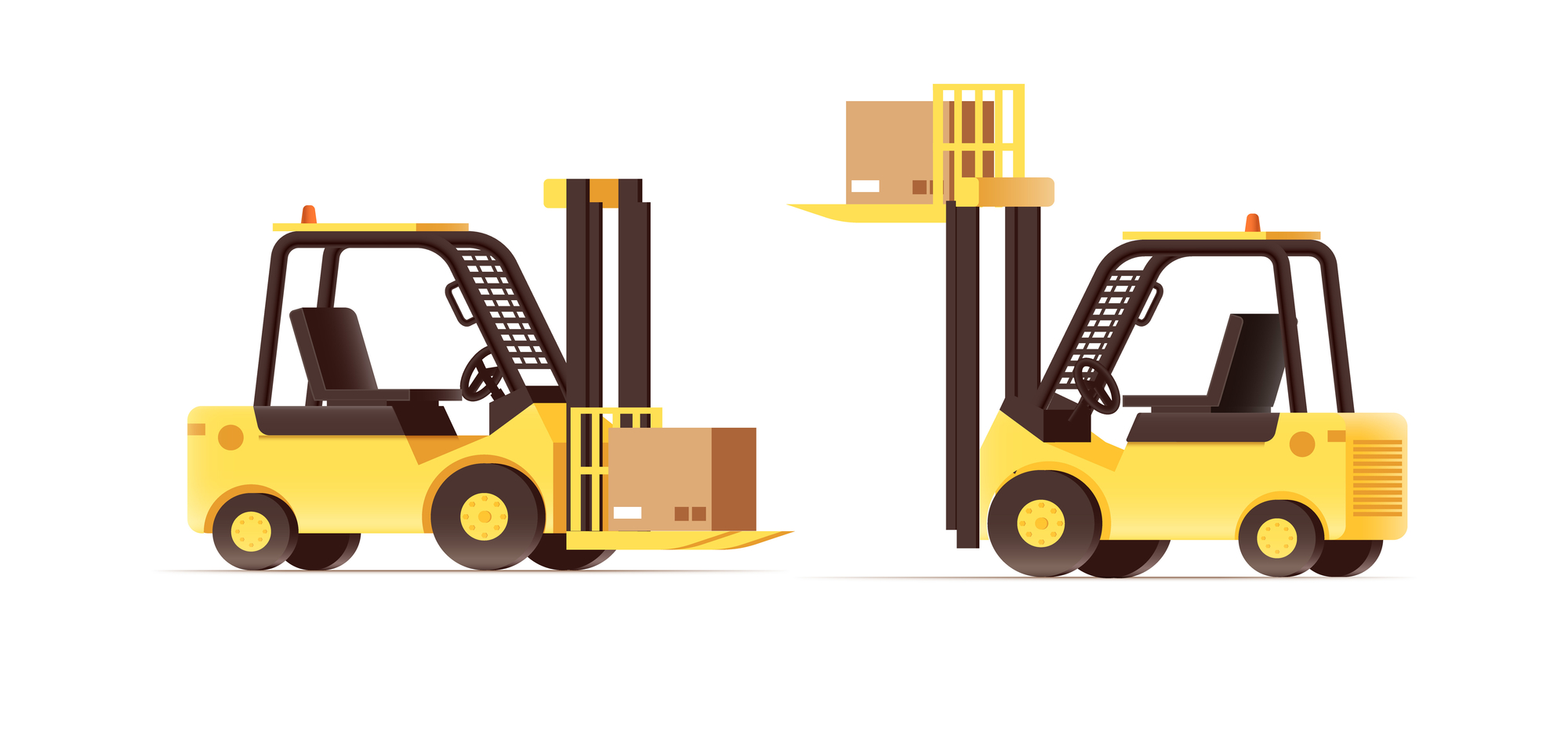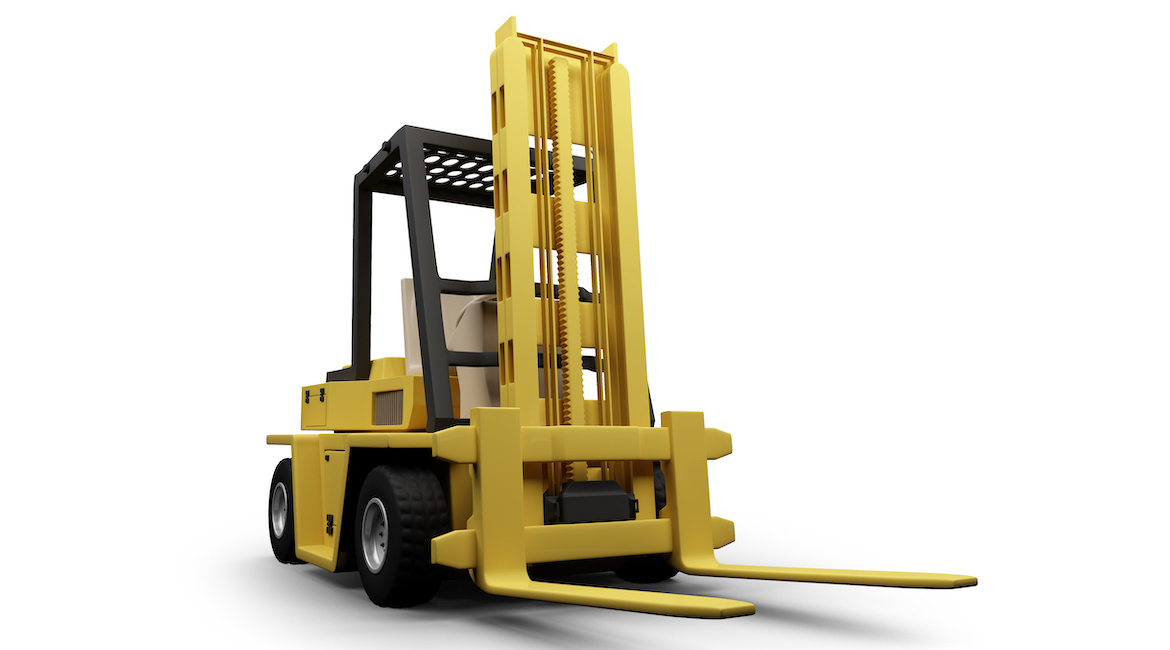Sit Down vs Stand Up Forklift: What's the Difference?
02/27/2019
CITrucks
Like so many inventions, the invention of the forklift was created out of necessity.
In 1917 an axle manufacturer created a truck to move materials around their factory. In 1923, another company added forks to lift loads as well as an elevated mast that could extend beyond the height of the truck.
And so, the forklift was born. If you are in need of a forklift for your operation you might be wondering which type of forklift to get.
In the following article we will discuss the pros, cons, and differences between a sit down and stand up forklift.
What is a Sit Down Forklift?
A sit down forklift can either be a three or four-wheel variety. The three-wheel forklift is best for small spaces. A sit down forklift is definitely more comfortable for the operator. Those who spend long stretches of time on a forklift may prefer this type of forklift, especially if they won't need to exit the machine to move products around.
What Is a Stand Up Forklift?
A stand up forklift is sometimes called a stand on or electric rider. This type of electric forklift is best for when an operator needs to frequently get on and off the lift truck.
These forklifts are generally shorter and are easier to maneuver in small spaces. Their turning radius is excellent as these forklifts are very compact.
Some operations require the use of this type of forklift due to the workload requirements.
Pros of Stand-Up Forklifts
There are many great reasons why you would choose a stand-up forklift. First of all, they are quite a bit shorter than sit-down units. Getting on and off is easier than sit down forklifts. It's also quicker to get on and off of the lift because you don't have a seatbelt remove and put on, which can slow you down. On a stand up forklift, such as a reach truck, you do not have to apply the parking brake, as it is automatically applied when you come to a stop.
One of the main advantages of a stand-up forklift is that it can operate in narrow aisles without any problems.
With these machines, operators stand sideways and do not need to turn their neck into an uncomfortable position to see. Many operators prefer stand-up forklifts because they avoid neck strain when reversing. The sideways position of the operator provides better overall visibility.
Approximately 35,000 serious injuries and 62,000 non-serious injuries involving forklifts occur each year. Many studies suggest that standing up when operating a forklift helps keep the operators more alert.
If standing up helps operators be more alert, that is a good thing that could reduce injuries.
Cons of Stand-Up Forklifts
One disadvantage to a stand-up forklift is that the operator is not as comfortable in these forklifts. There is no cushioned seat to rest on. Also, operators will have to get used to using a joystick to steer the lift instead of a steering wheel and levers.
When to Choose a Stand-Up Forklift
If your operation will require driving in reverse 25% of the time (or more), a stand-up forklift is a good idea. Also, stand up forklifts are ideal if your operator will need to get on and off often.
Finally, if you have narrow aisles, a stand-up forklift is definitely your best bet.
Pros of Sit-Down Forklifts
One of the main advantages of sit-down electric forklifts is that they can move at faster speeds. Their lift and lower speeds are generally faster as well.
This means that in a high-volume operation, such as a distribution center, you can increase productivity and efficiency by choosing a sit-down forklift.
Another big advantage is driver comfort. Sit down forklifts allow operators to be off their feet while they operate the forklift. If your operator needs to drive a forklift for extended periods of times, it is best if the operator can sit.
If your operator will sometimes drive on slippery surfaces, a sit-down forklift is safer. Even if the lift slides, the operator is safely buckled in their seat, inside the operators compartment.
Most operators are familiar with sit down lifts. Switching to stand up models will mean spending resources on training staff. You would avoid those costs by sticking with a traditional sit-down forklift, as long as it makes sense for your particular application.
Cons of Sit-Down Forklifts
As we mentioned earlier in this article when operators are seated, they may not be as alert as when they are standing. Also, a sit-down forklift limits visibility when driving in reverse. An operator would need to twist his torso and neck to look behind him or her.
If the operator has to constantly twist his or her body, it can cause ergonomic problems as well as discomfort.
When to Choose a Sit-Down Forklift
If your operation calls for prolonged forklift use, driver comfort may cause you to choose a sit-down model. If your work application calls for driving on wet or slippery surfaces, a sit down forklift is the safer choice as well.
Main Differences Between Sit Down and Stand up Forklifts
To recap, there are four main differences between the two types of forklifts.
The first is the ease of getting on and off. Stand up forklifts make it easy for operators to hop on and off thanks to the trucks low profile “deadman pedal” and lower height.
Stand up forklifts offer better visibility when moving in any direction due to the sideways standing position of the operator.
The third consideration is sturdiness and maneuverability. A sit-down forklift offers stability and safety in case of a sudden stop or slip. Yet, a stand-up forklift offers better movement capabilities in small spaces.
Lastly, is the comfort of each. Sitting down is more comfortable than standing. Especially for long stretches of time. But not having to twist your neck and body when reversing is more comfortable.
Which Forklift is Right for You?
Thanks for reading. As you can see, there are pros and cons to both sit down and stand up forklifts. At the end of the day, the best forklift depends for you is going to depend on your needs and the application where the forklift will be operating.
Once you have decided on which forklift is best for your company, check out these forklift maintenance tips to improve safety and performance at your jobsite.





